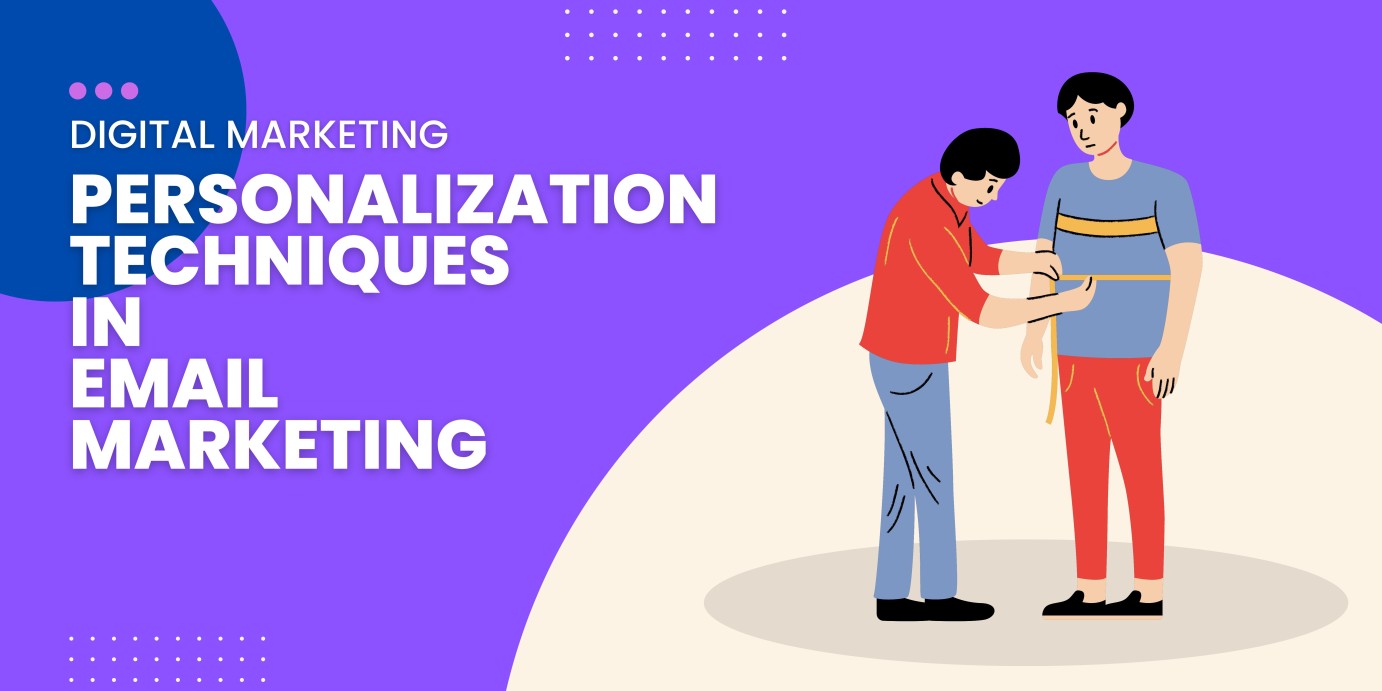Email marketing is a powerful tool for businesses to connect with their audience, nurture leads, and drive conversions. However, generic and impersonal emails often go unnoticed or end up in the spam folder. By utilizing personalization techniques in your email marketing campaigns, you can create more engaging and relevant experiences for your subscribers. Here are some effective personalization techniques to implement in your email marketing strategy:
1. Segment Your Audience
Start by segmenting your email list based on specific criteria such as demographics, location, purchase history, or engagement level. This allows you to tailor your messages to different customer groups and deliver more targeted content. By understanding the unique needs and preferences of each segment, you can provide more relevant and personalized email experiences.
2. Use Dynamic Content
Dynamic content allows you to create email templates with sections that change based on the recipient's information or behavior. By using placeholders or variables in your email templates, you can personalize the content based on data such as the subscriber's name, location, or previous purchases. This level of personalization makes your emails feel more customized and increases engagement.
3. Personalize Subject Lines
The subject line is the first thing subscribers see when they receive an email. Personalizing subject lines with the recipient's name or including specific details related to their interests can grab their attention and increase open rates. Experiment with different personalization techniques and analyze the results to optimize your subject lines for maximum impact.
4. Triggered and Behavior-based Emails
Implement triggered and behavior-based emails to deliver timely and relevant messages to your subscribers. These emails are triggered by specific actions or events, such as abandoned cart emails, welcome emails, or birthday emails. By tailoring your emails based on the recipient's behavior, you can provide personalized recommendations, reminders, or incentives that are more likely to resonate with them.
5. Recommend Personalized Products
Leverage data from customer interactions, browsing history, or purchase behavior to recommend personalized products or services. Include product recommendations in your emails based on the recipient's previous purchases or similar items they have shown interest in. This type of personalization not only increases the chances of conversions but also enhances the customer experience by showing them products that align with their preferences.
6. Use Personalized Landing Pages
When directing subscribers from your emails to your website, ensure that the landing pages are personalized and aligned with the email content. If you are promoting a specific offer or product in your email, direct subscribers to a landing page that highlights that offer or product. This consistency in messaging and personalization improves the user experience and boosts conversions.
7. A/B Test Personalization Elements
Experiment with different personalization elements in your email campaigns through A/B testing. Test variations of subject lines, email content, and personalized elements to identify what resonates best with your audience. Analyze the results and iterate on your findings to continually improve your personalization efforts.
8. Monitor and Analyze Performance
Regularly monitor and analyze the performance of your personalized email campaigns. Track metrics such as open rates, click-through rates, conversion rates, and customer engagement. Use this data to understand the impact of personalization on your email marketing efforts and make data-driven decisions to optimize your future campaigns.
Conclusion
Personalization is key to creating engaging and effective email marketing campaigns. By segmenting your audience, using dynamic content, personalizing subject lines, implementing triggered and behavior-based emails, recommending personalized products, using personalized landing pages, conducting A/B tests, and monitoring performance, you can deliver more relevant and personalized experiences to your subscribers. Embrace the power of personalization in your email marketing strategy and watch your engagement and conversions soar.

